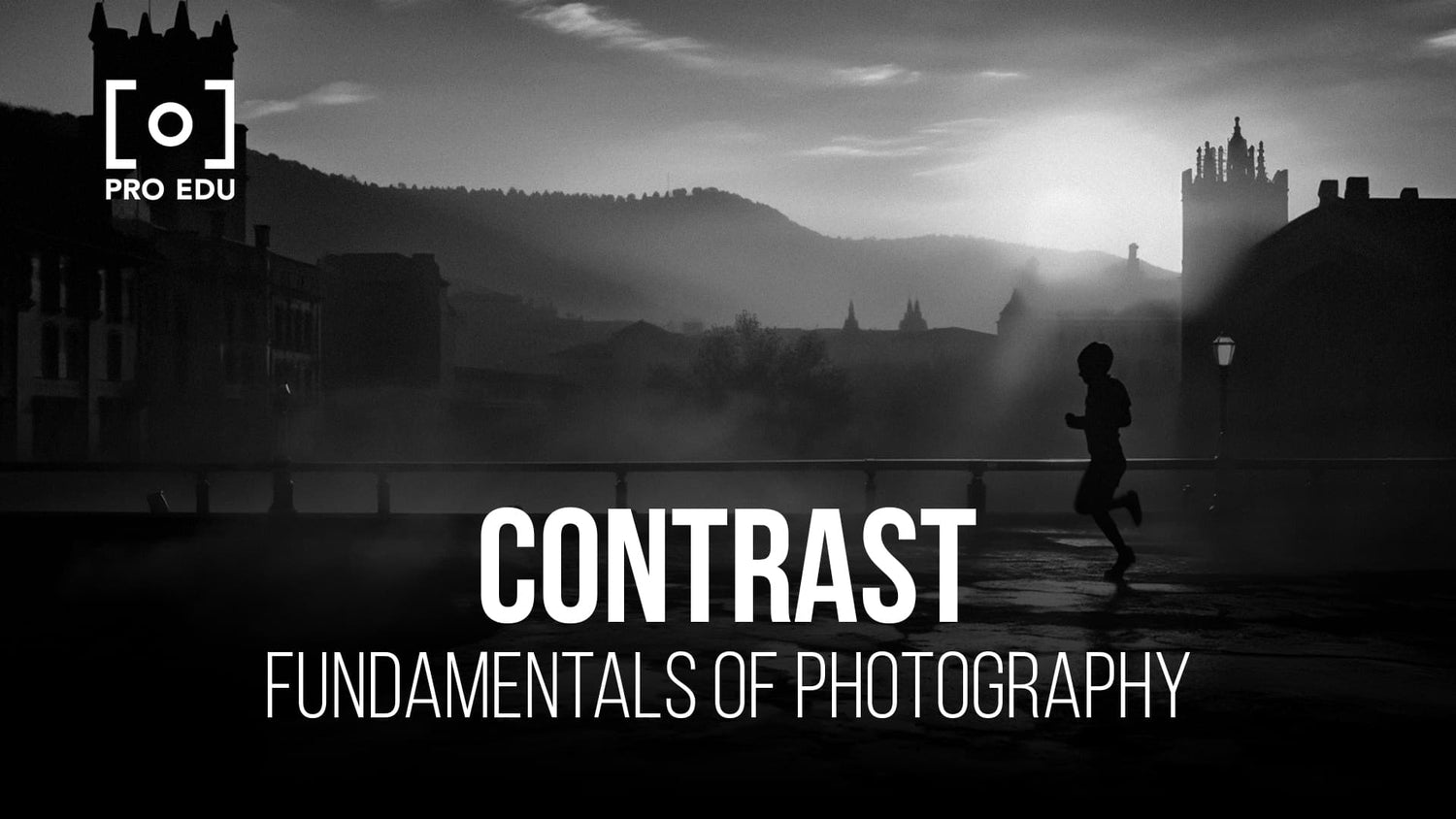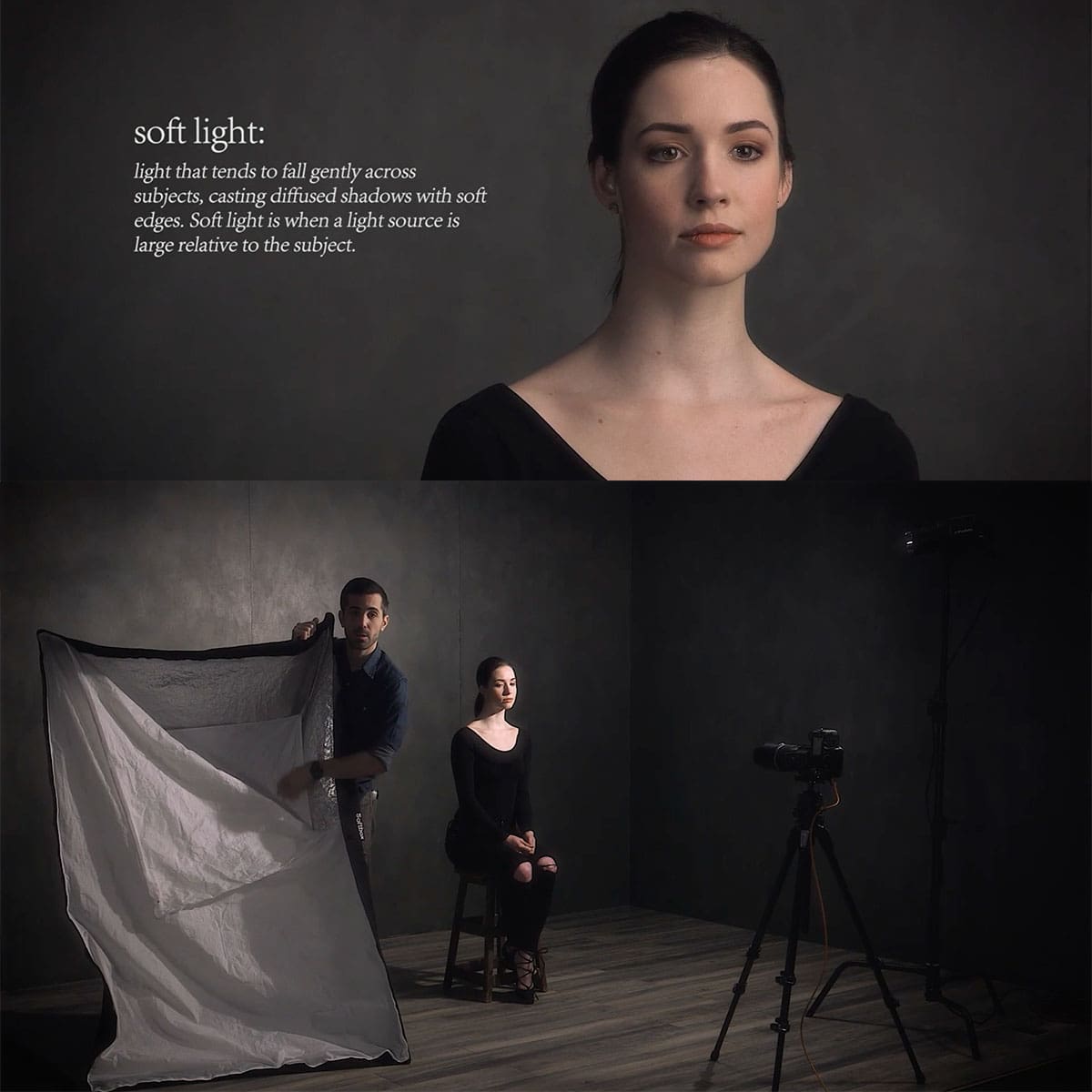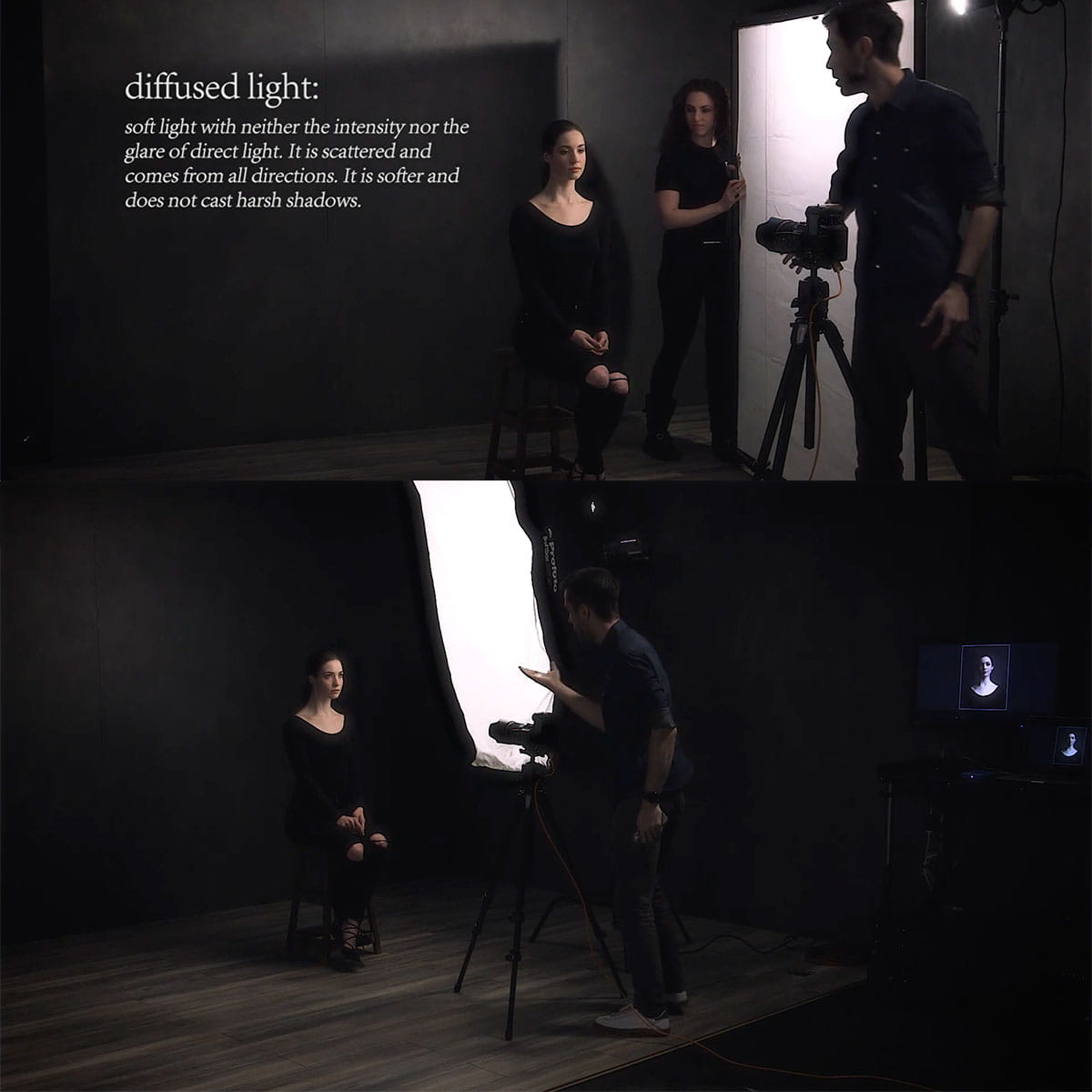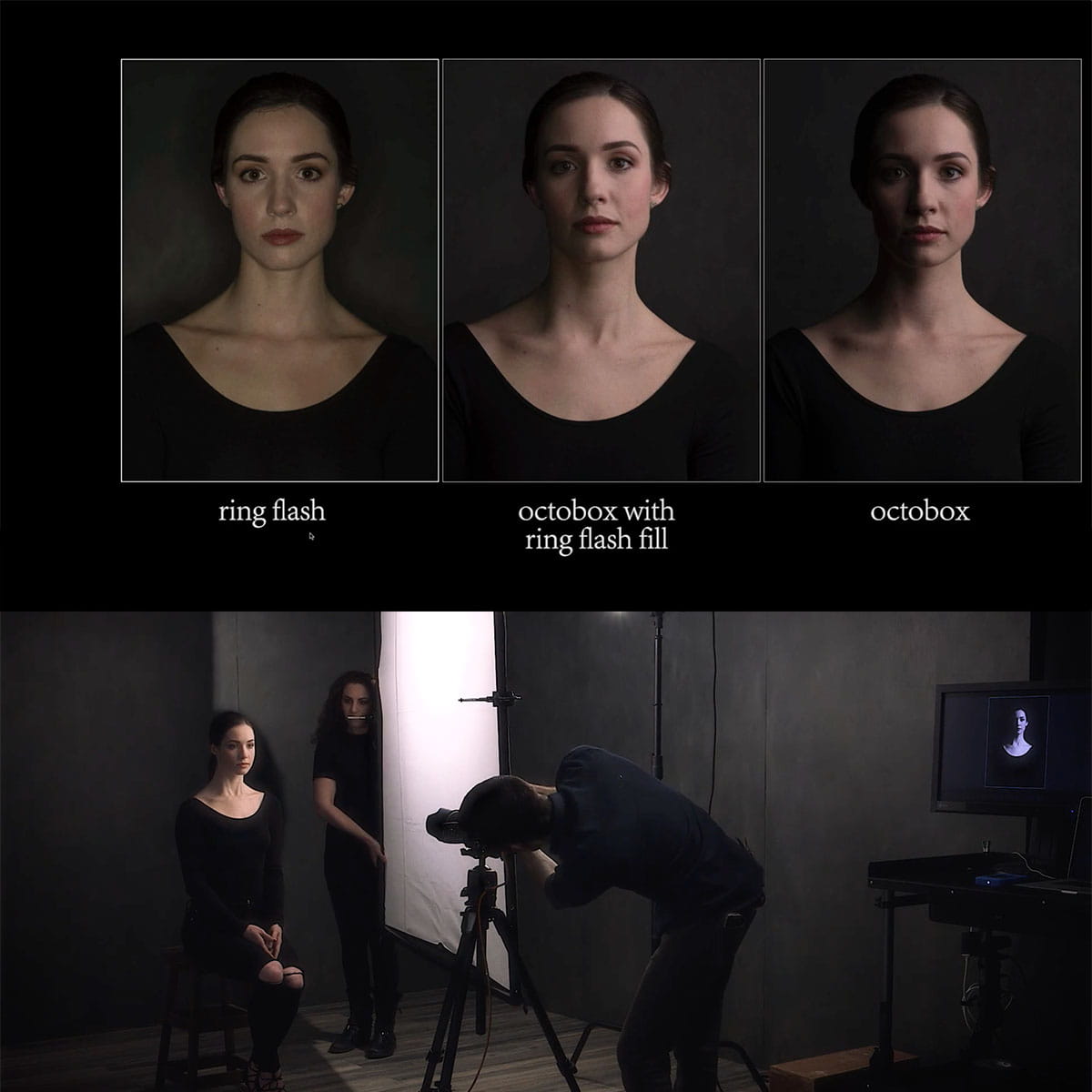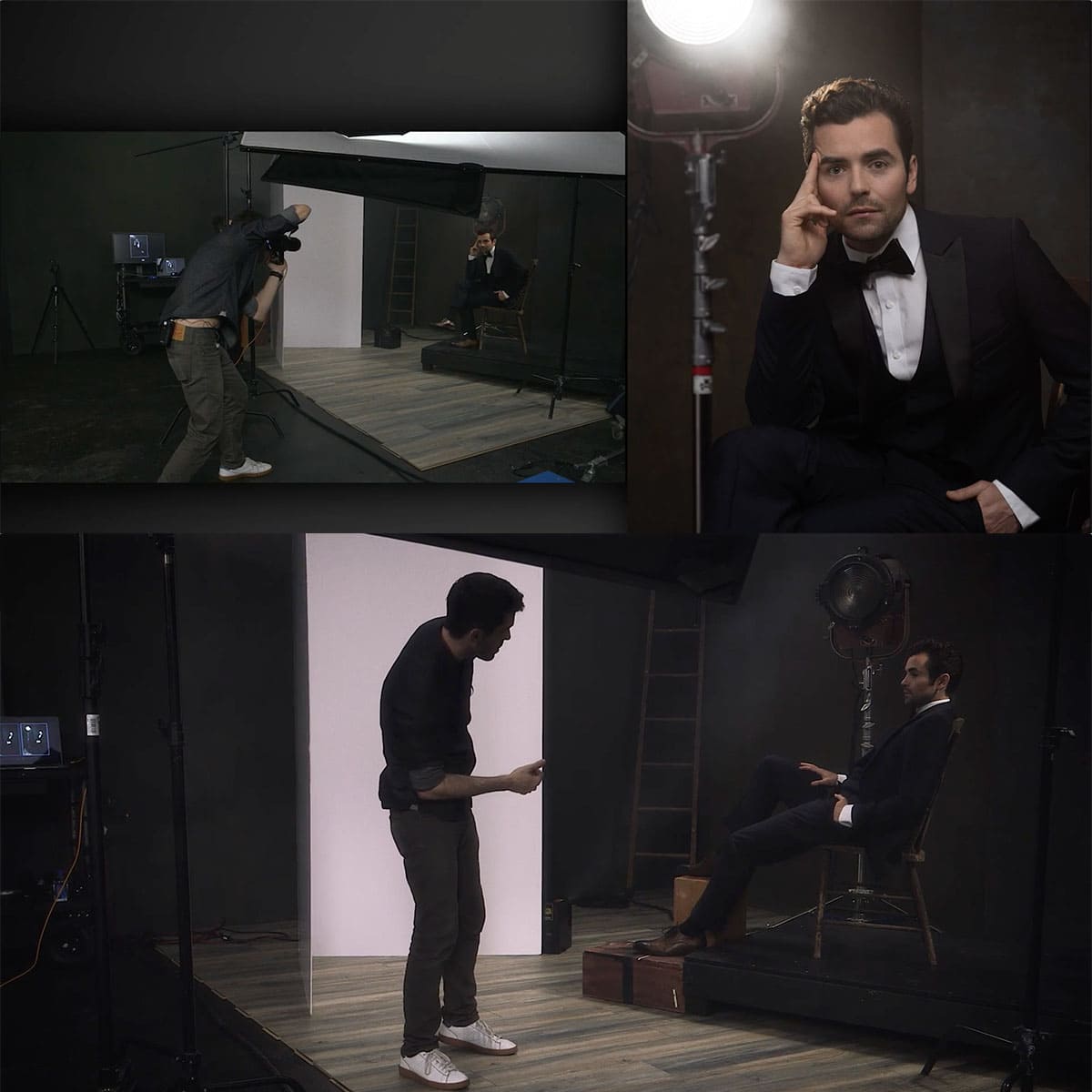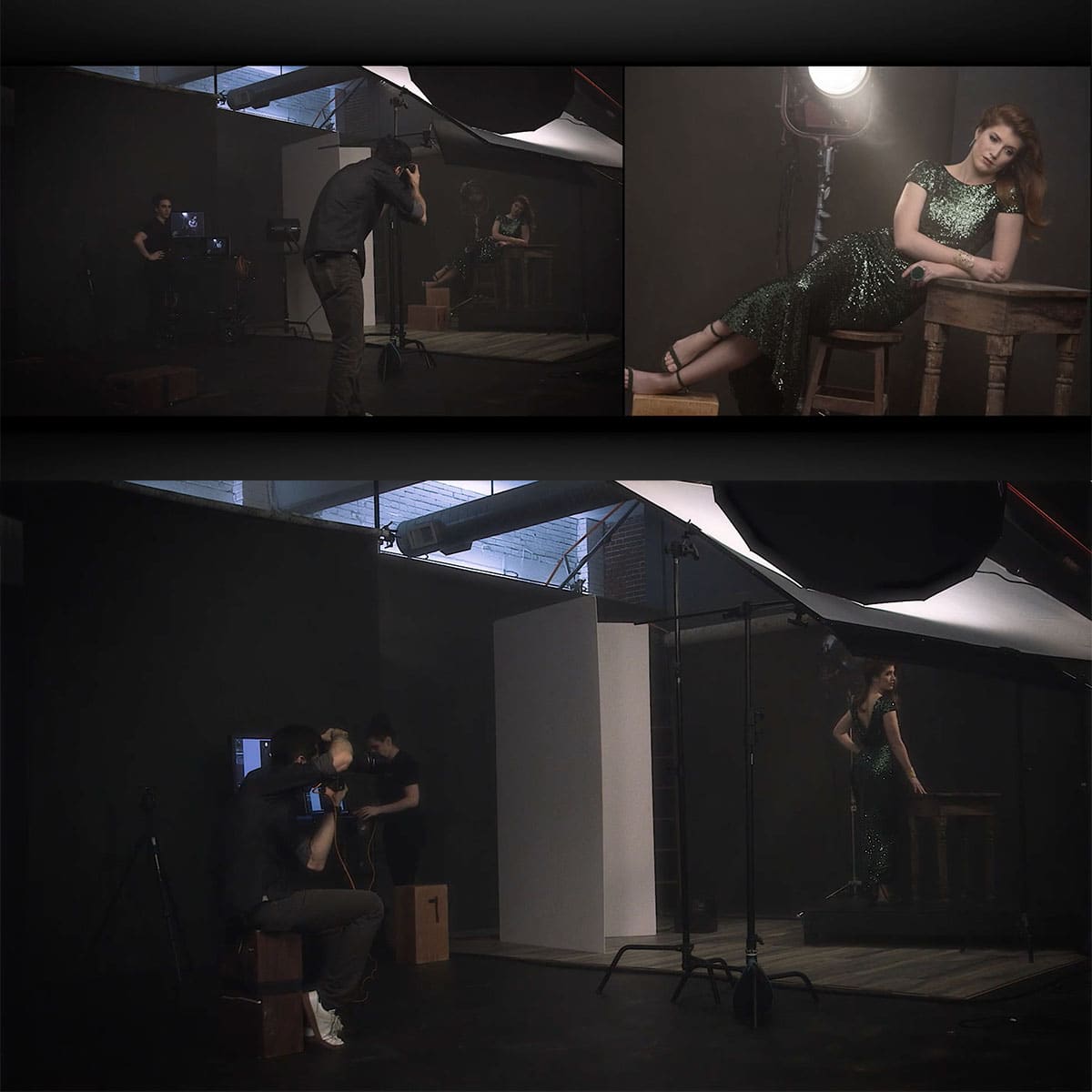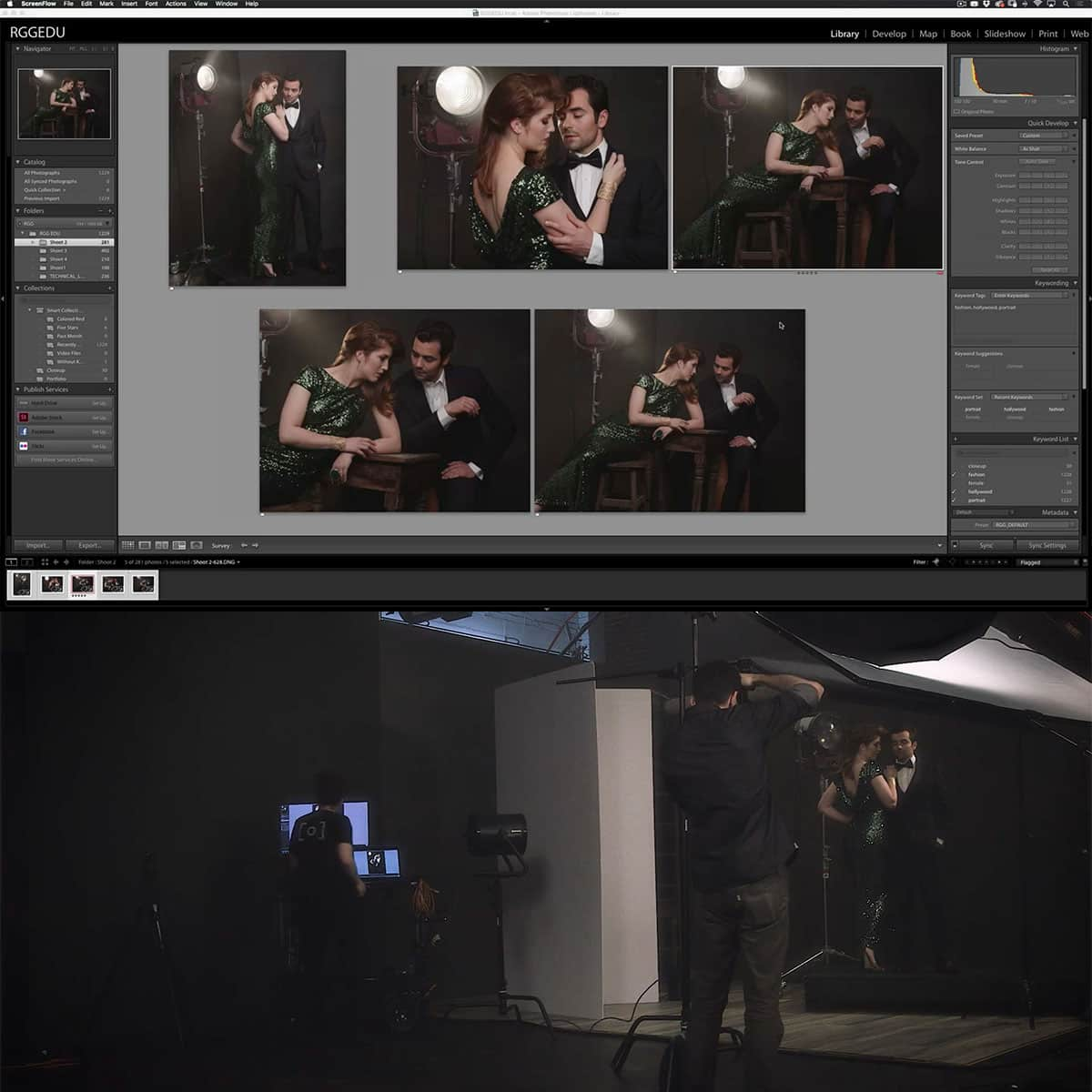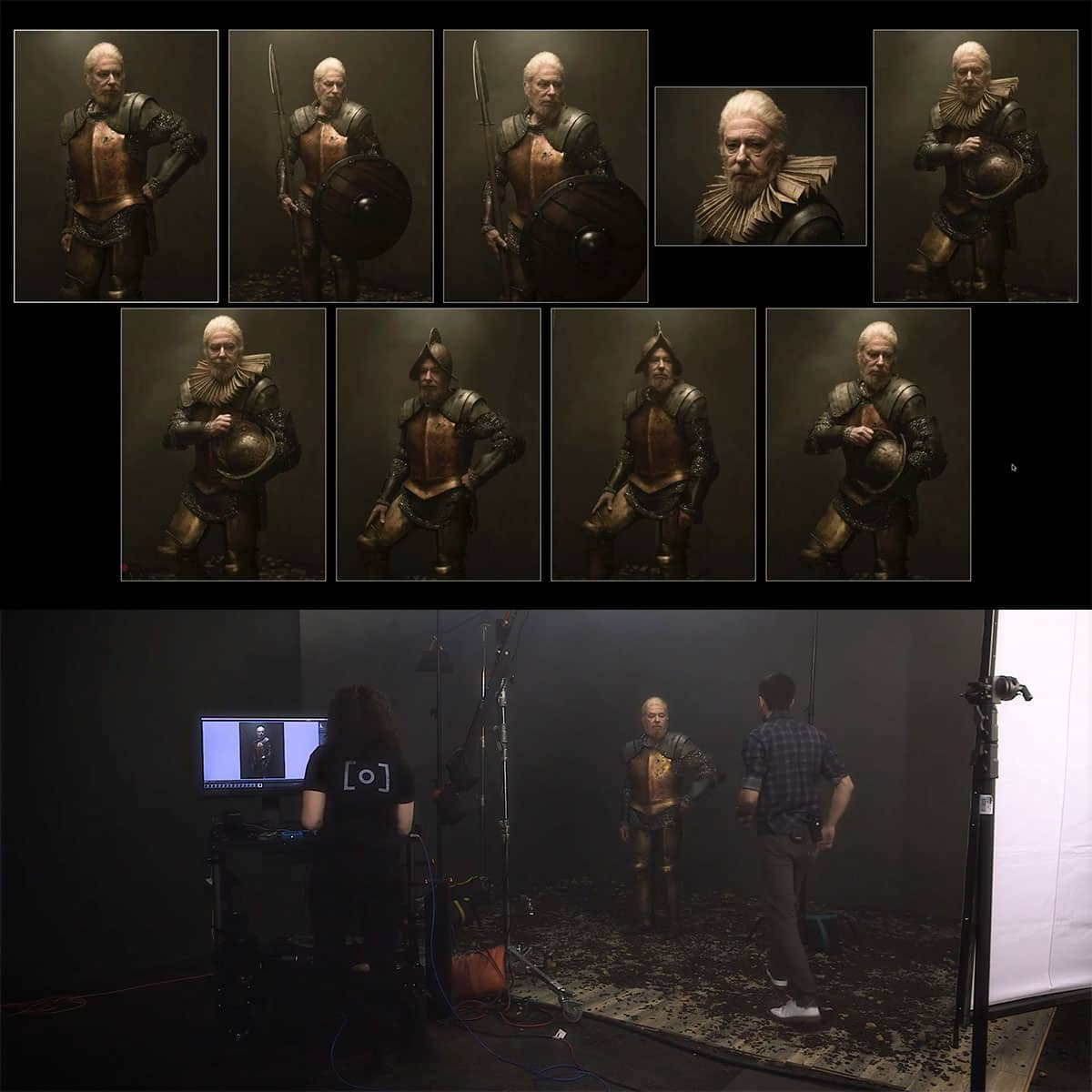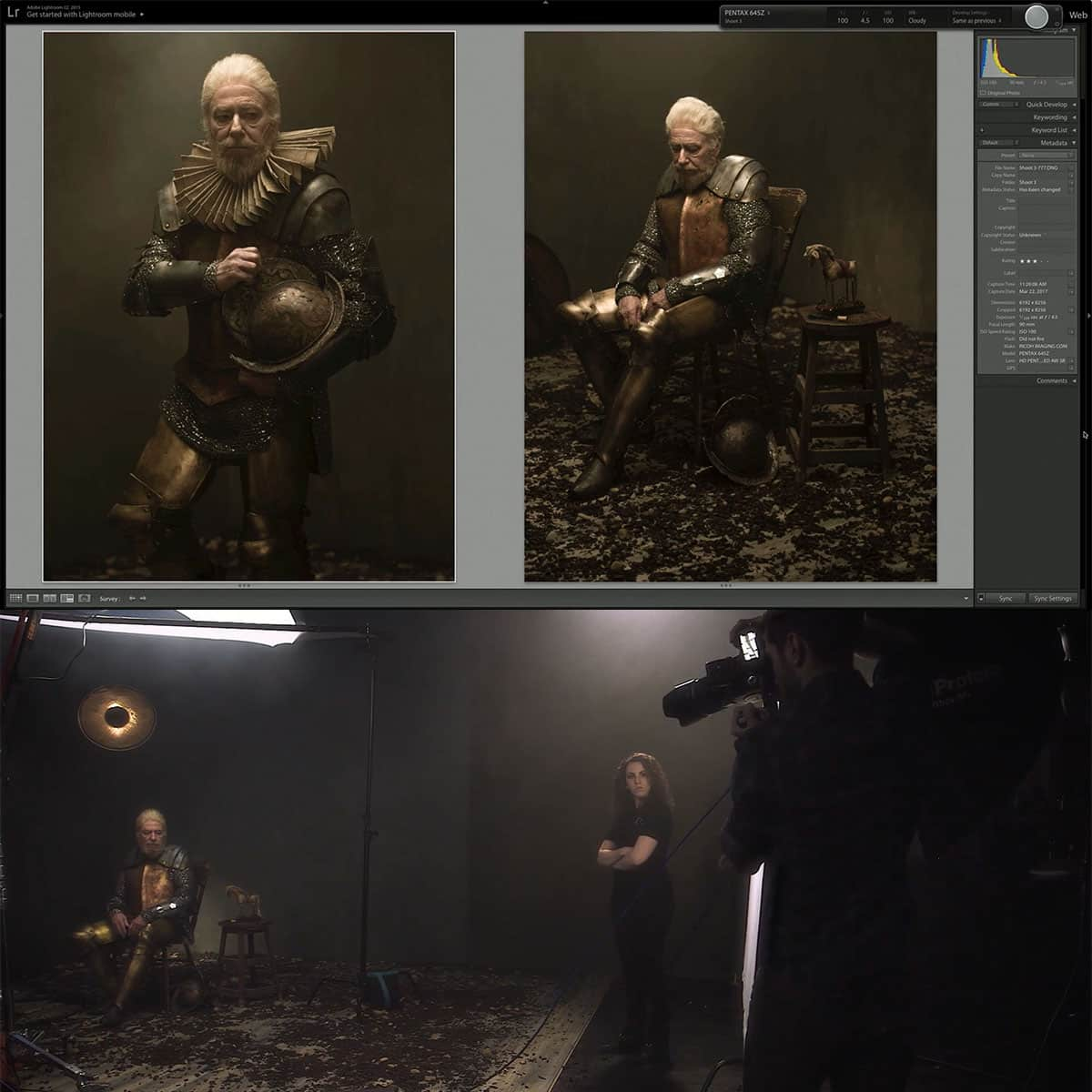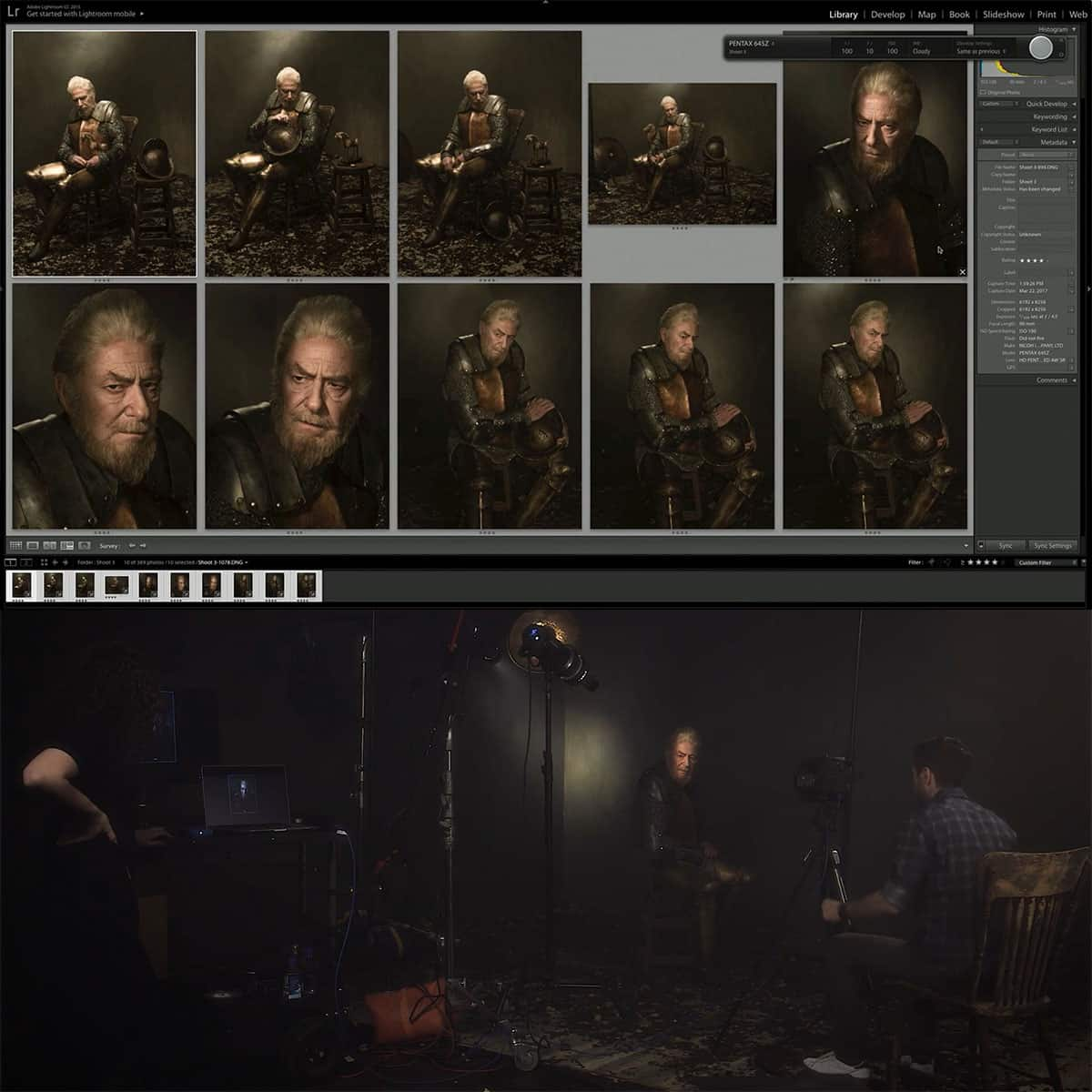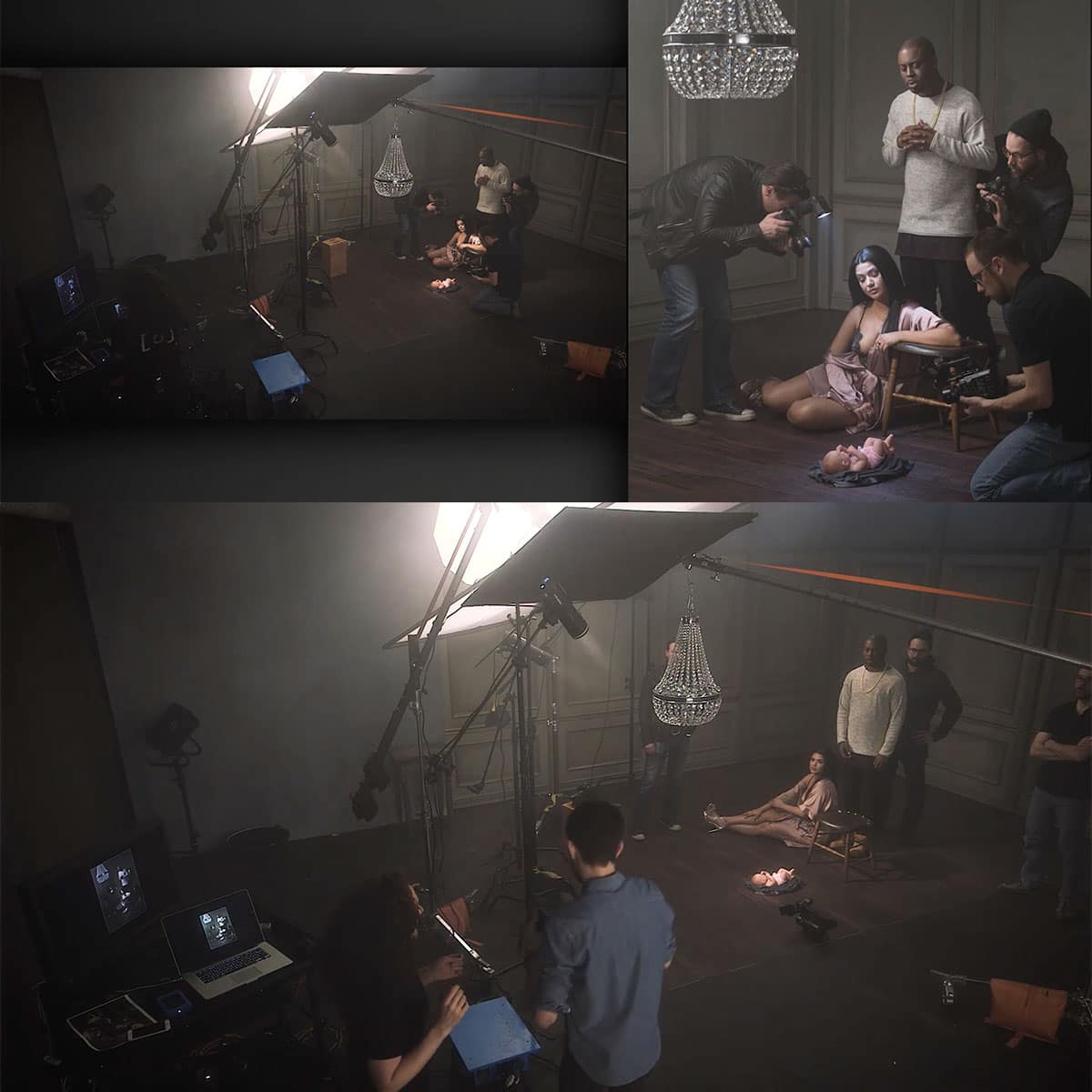Contrast in Photography: Enhancing Visual Impact Through Technique and Composition
Photography is an art form that allows us to capture moments and emotions, creating visual stories that can be shared and cherished. One crucial element in producing striking images is understanding and using contrast. Contrast in photography refers to the difference between the brightest and darkest parts of an image, which can significantly affect the visual impact and clarity of a photo.
By playing with contrast, photographers can accentuate the disparities between light and shadow, highlight the subject, and create mood or emotion in their compositions. This can be especially evident in portrait photography, where the right use of contrast can bring out the best features of the subject. Manipulating contrast can make for engaging images that tell a story or convey a specific atmosphere.
Key Takeaways
- Contrast in photography refers to the difference between the brightest and darkest parts of an image, enhancing visual clarity and impact
- Manipulating contrast can help create mood, emotion, and storytelling in your photo compositions
- Post-processing techniques offer various ways to adjust the contrast of your images to achieve the desired effect
Understanding Contrast in Photography
Power of Contrast in Composition
Contrast is a powerful tool in photography. It allows us to emphasize certain elements of an image and create a sense of depth and structure. By understanding the different types of contrasts, we can learn how to use them effectively to convey the mood, emotion, or concept we want to portray. For example, compositional contrast can be achieved by juxtaposing different subjects, colors, or textures within a single frame.
The Role of Light and Shadow
Light and shadow play a crucial role in creating contrast. The interplay between these two elements determines the visual ratio of different tones in an image, which in turn creates textures, highlights, and clarity. A well-balanced contrast helps to guide the viewer's eye through the composition, giving the image more power and impact.
In photography, the contrast between the brightest and darkest parts of an image, or the highlights and shadows, are major contributors in creating a strong visual impact. Moreover, mastering the art of capturing light and shadow is essential to bring out the depth, dimension, and visual interest of a photograph. We can experiment with different lighting conditions, angles, and reflective surfaces to manipulate the contrast and achieve our desired results.
Remember, a well-considered composition incorporating contrast can transform an ordinary image into a truly captivating one. Knowing when and how to apply contrast effectively in our photographs will enhance the visual impact and overall aesthetic appeal of our work.
Types of Contrast in Photography
Materialising Tonal Contrast
In photography, tonal contrast refers to the difference in brightness between the lightest and darkest areas of an image. We can enhance the impact of a photo by using lighting and shadows to accentuate the important elements. Black and white photography is a classic example, where shades of gray help create a striking composition.
By paying attention to tonal contrast, we can guide a viewer's gaze and evoke emotions through thoughtful manipulation of light and dark areas. Keep in mind, both high and low tonal contrast can be utilized to convey various moods or emoitions in the photo.
Leveraging Colour Contrast
Colour contrast is another powerful tool we can use to enhance the visual impact of a photograph. We can achieve this by juxtaposing different colours that complement or clash with each other, depending on the desired effect. For example, placing a subject dressed in red against a green background can create a bold and eye-catching image.
Understanding colour contrast and applying it effectively can significantly contribute to the depth and emotiveness of our photos. Remember not to overdo it; balance is key in creating appealing colour compositions.
Mastering Subject Contrast
In subject contrast, we focus on complex contrasting elements within the composition, such as shape, texture, or even the ideas represented by the subjects themselves. This type of contrast allows us to tell a story and convey a deeper meaning through our images.
To master subject contrast, we should always consider the relationship between the contrasting elements and how they interact within the frame. By carefully selecting and arranging our subjects, we can communicate a range of emotions or concepts, making the photograph more engaging and meaningful to the viewer.
Manipulating Contrast for Mood and Storytelling
Enhancing visual impact in photography often involves manipulating contrast to evoke different moods and tell engaging stories. By using contrast effectively, we can guide the viewer's emotional response and elevate the storytelling aspect of our photos.
High key and low key photography are two techniques that let us control contrast and manipulate viewers' moods. In high key photography, images are predominantly bright with minimal shadows. This technique creates a light, cheerful mood and can produce emotional responses such as happiness and optimism.
On the other hand, low key photography mainly consists of deep shadows and darker tones, which can convey a sense of drama, tension, or mystery. This approach effectively draws viewers into the image's story.
Silhouettes can also make an image more intriguing, as they rely on the contrast between the subject and its background. By capturing silhouettes, we create a strong visual impact, leaving room for the viewer's imagination and stimulating curiosity about the subject's identity or emotions.
In conclusion, manipulating contrast plays an essential role in setting the mood and enhancing storytelling in our photographs. Experimenting with contrast techniques can lead to powerful images with compelling narratives, eliciting a range of emotional responses from our viewers.
Post-Processing Techniques for Contrast
Brightening with Luminar Neo and Lightroom
Both Luminar Neo and Lightroom are excellent post-processing software options to enhance contrast in your images. We can use these tools to manipulate the levels of brightness and darkness in our photos. In Lightroom, the Tone Curve is a powerful feature for boosting contrast. Luminar Neo offers a variety of contrast adjustment filters, allowing us to brighten or darken targeted areas seamlessly.
Creating High and Low Contrast Images
When working on high contrast images, our primary focus is increasing the difference between light and dark elements. By doing so, we can achieve a more dramatic and visually striking result. A popular technique is to emphasize strategic use of light and shadows in black and white photography.
On the other hand, for low contrast images, our goal is to soften the differences between bright and dark areas. This can create a more subtle, calm, and often dreamy appearance. In post-production software, we can apply adjustments such as decreasing clarity and using dehaze tools to create a uniform look with less contrast.
Frequently Asked Questions
What are the benefits of high contrast in photos?
High contrast in photos can make the subject stand out and create a powerful visual impact. By emphasizing the differences between light and dark areas, high-contrast images are more dynamic and can evoke strong emotions in the viewer.
How does color contrast improve visual impact?
Color contrast improves visual impact by making certain elements or colors stand out from the rest of the photo. Using complementary colors, such as red and green or blue and orange, can create striking images that instantly capture the viewer's attention.
When is low contrast photography preferred?
Low contrast photography is preferred when the photographer aims to create a softer, more subtle effect. This can result in more subdued images that evoke a sense of calmness and tranquility or create a dreamy, ethereal atmosphere.
How does contrast affect the mood in black and white photos?
Contrast can significantly affect the mood in black and white photos. High contrast tends to make a more dramatic and intense image, while low contrast creates a softer, more nostalgic feel. It's crucial for photographers to select the appropriate level of contrast to convey their intended mood effectively.
What are the different types of contrast in photography?
There are various types of contrast in photography, including tonal contrast, color contrast, textural contrast, and conceptual contrast. Each type can help create images with more visual impact and help convey certain emotions or ideas to the viewer.
How does contrast manipulation change the visual appeal of an image?
Contrast manipulation can significantly change the visual appeal of an image by altering the overall balance of light and dark areas. By increasing or decreasing contrast, a photographer can create more impactful images, emphasize specific elements, and control the visual clarity of the photograph.


